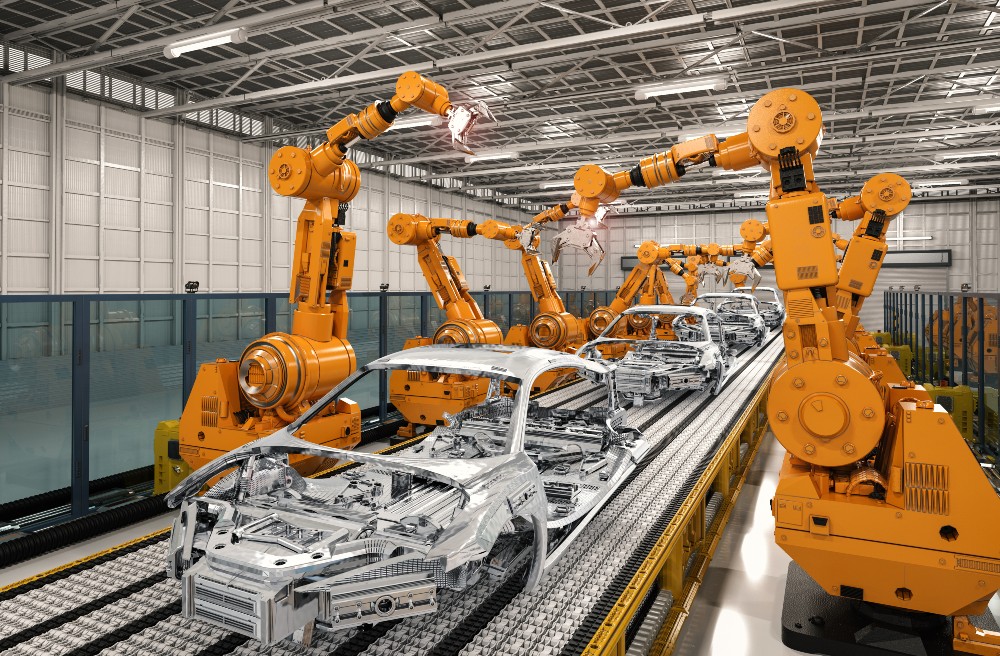Many industries have been seeing shortages across the board as a result of the COVID-19 pandemic.
Healthcare facilities experienced a shortage of sanitizer, medical equipment, and other supplies while common household items like toilet paper were in short supply.
One of the industries that have most recently seen a shortage in supply is the electronics industry; components and printed circuit boards are in high demand and limited supply.
A report referenced in E-Commerce Times notes that 53% of electronics industry product launches have been delayed or canceled due to the pandemic. Lead times for products utilizing semiconductors are a year out.
Corporations such as Ford and Toyota have been forced to stop the production of their best-selling vehicles because components are not available, and the Playstation 5 was manufactured in very limited quantities for the same reason.
Let’s explore what’s causing the shortage of electronic components and its effects on different industries.
What’s Causing the Electronics Component Shortage?
Additional tariffs on imported Chinese imports and mandatory shutdowns across the world have caused a shortage or significant delay in electronic components like resistors, capacitors, and semiconductors.
The trade war between China and the U.S. began in 2018 and has continued into 2021.
There have been five stages completed during the trade war. In 2018, the U.S. average tariffs increased from 3.8% to 12%, and China’s average tariffs increased from 7.2% to 18%.
Another cause of the component shortage was the coronavirus outbreak.
As many companies required employees to work from home, the need for computers, cell phones, and other equipment skyrocketed. The semiconductor industry was forced to pivot production, and electronic manufacturers couldn’t keep up with demand.
Labor shortages also caused a delay in electronics manufacturing. Many employees were sick due to COVID-19, and workers were not allowed to continue working because of factory shutdowns.

Effects on Electronic Production
The tariffs China and the U.S. placed on each other forced American companies that outsourced from China to find another way to get parts and continue with their production. Some companies turned to onshore solutions, but these companies still saw shipment and production delays at the pandemic’s peak.
The shortage of electronics components caused prices to jump tremendously across the industry.
Many companies were able to stay afloat during COVID-19 thanks to relief packages, but now that the U.S. has no plans to provide such aid any further, companies will need to be resourceful when procuring parts for PCB manufacturing.
To continue with production, talk to your electronics manufacturer and see if there are any drop-in alternatives. Drop-in alternatives are components that can be used to replace unavailable components. The replacement parts must have the same pinout and land pattern.
How To Protect Your Company Against Semiconductor Shortages
As COVID-19 disrupts offshore supply chains, electronic manufacturers should consider switching to procurement from onshore partners.
The longer a supply chain is, the more fragile and dependent it will be, so working with dependable suppliers is crucial. Switching to an onshore manufacturer will shorten and increase the strength of your supply chain.
Before partnering with an onshore electronics manufacturer, discuss how the pandemic has impacted them and how they are handling the semiconductor shortage.
A seasoned onshore manufacturing company will be able to recognize shortages early on and help you eliminate future production issues. An onshore electronics manufacturing service (EMS) provider can also help you design your PCB with variants in mind so that if a component is unavailable, your final product won’t be jeopardized. This flexibility is needed because any component can suddenly go out of stock or be held up in the supply chain.
Don’t Let the Electronics Component Shortage Affect You
If you want to continue operating at full efficiency despite the current component shortage, it’s vital to take the proper precautions.
One precaution that can make your supply chain more resilient is partnering with an onshore EMS. Doing so will shorten your supply chain, save money, and help you stay pandemic-proof.
Here are qualities to look for in an EMS partner.
